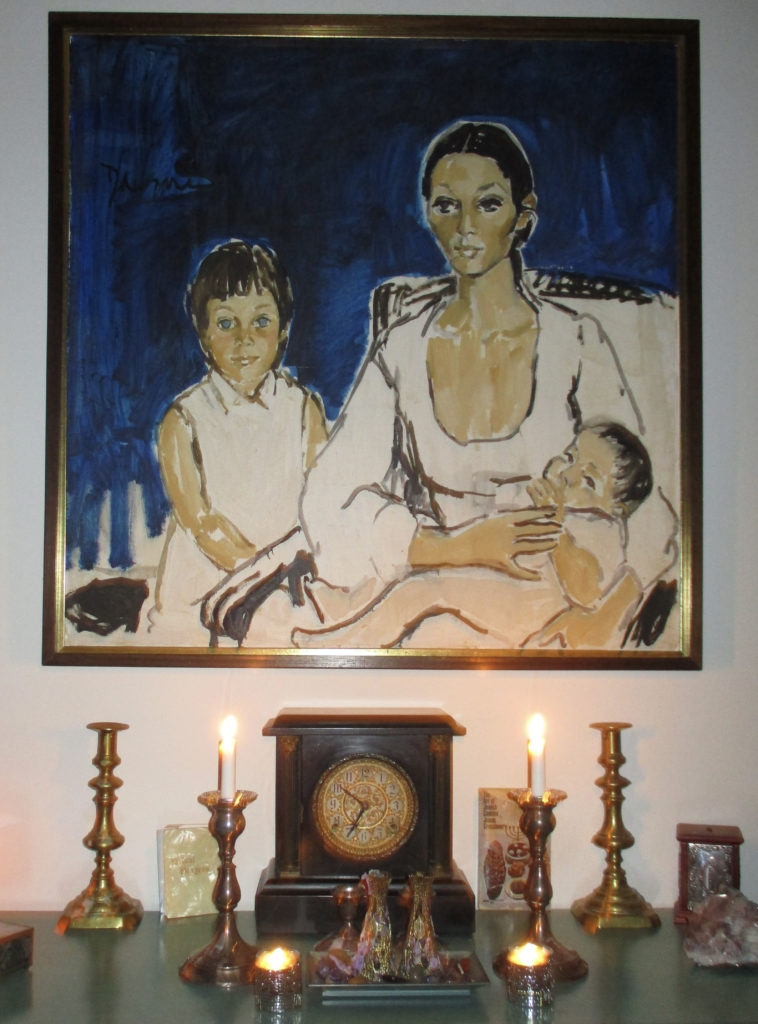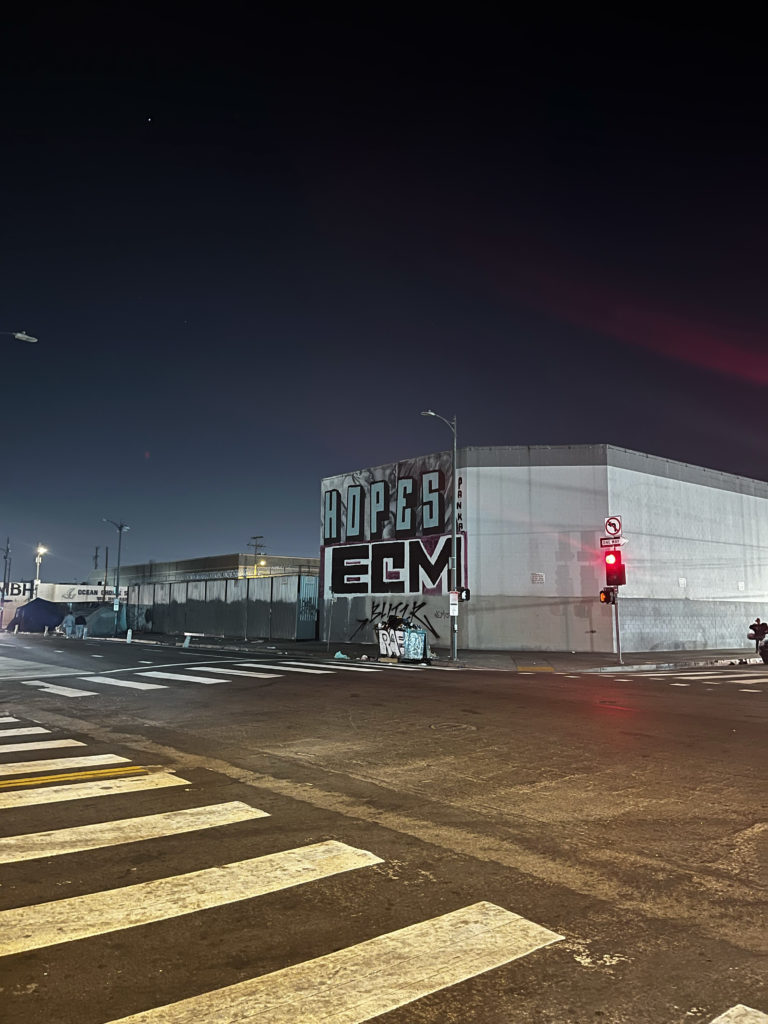This post was updated Jan. 21 at 7:45 p.m
Cultivating awareness, the “Fostering Photovoice” exhibit amplifies necessary policy changes surrounding the foster care system.
Staged in Kerckhoff Grand Salon, the photography exhibit will take place from Monday to Friday with an opening reception Monday from 6 to 7:30 p.m. Featuring photographs from six former foster children aged 18 to 25, the research project is spearheaded by doctoral candidate in social welfare Kate Watson and is aided by other graduate and undergraduate research team members. Supported by the Luskin School of Public Affairs and the Bruin Guardian Scholars, this research project has been in the works since February 2023. A former member of the foster care system, Abigail Rubtsova said this exhibit strives to incite policy change by sharing stories and narratives of foster youth through the empowering art form of photovoice.
“You learn first through your eyes,” said Rubtsova, a third-year anthropology and political science student and research team member. “You see the image, you understand the experience, you read the prompt, and it’s something that’s going to last you a lot longer. And it’s going to be a lot more memorable in the future than just reading a statistic.”

Regarding the process itself, photovoice utilizes prompts created by the research team to inspire the photographers to reflect on their experiences, Watson said. Second-year public affairs student Angelica Sac Tzep said the prompts include, “What do I want people to know about me and my foster care experience?”, “If I could go back, how would I change my siblings/family experience in foster care?” and “What system changes are necessary to improve the impact of the foster care system on family and sibling relationships?”
[Related: Hua Chai explores modern identity, queerness with boundless digital media art]
Watson chose photovoice, a newer research method, because it is suited for highlighting the experiences of marginalized populations. Through photovoice, photographers are given cameras, taught how to use them for the purpose of creating conversation and given prompts as inspiration for their photos, Watson said.
“Photovoice is not a method that I created,” Watson said. “It’s been around for a couple of decades, and it’s designed to allow communities to talk about what’s important to them, help them identify changes and then also advocate for those changes that they want to see using their imagery.”

As many former or current foster youth fight misconceptions about the system and the individuals within it, the photovoice photography method helps capture moments more permanently, said Sac Tzep. Additionally, Sac Tzep said she hopes viewers come to understand the stories of those they meet who are currently or were formerly in the foster care system to better support them. Sac Tzep said she hopes people come to the exhibit and take their time to read the captions corresponding to the photos.
[Related: Part 2 of 2023 Hollywood Diversity Report evaluates representation on TV]
With the photographs organized by prompt, Rubtsova said the Kerckhoff exhibit will display each of the six photographers’ works inspired by their individual stories. Watson said the ultimate aim of the project is to encourage policy change surrounding the foster care system. Often overlooked or disregarded by policy, this project has been powerful in allowing the participants to reflect and have their experiences heard instead of ignored, Rubtsova said.
“They have their own testimony that comes with the photos, but they all come together to create policy changes in the future,” Rubtsova said. “Even though each experience is vastly unique, they come together to form something larger, and that’s a recommendation that we can make towards a policy in the future.”

Focusing on the latest generation of foster youth, this exhibit highlights how the negative experiences of some of these youth represent issues in the system thought to be solved years ago, Watson said. In addition to featuring this exhibit in local libraries or on different college campuses, the research team is using the photographers’ testimonies to inform an in-progress policy document, Rubtsova said.
Despite her experience with the foster care system, Watson said the laws and rules in place are not properly followed, a contributing factor to the inspiration for this project. Through the photovoice method, the project was geared toward empowering and uplifting the marginalized voices of children formerly in foster care, Watson said.
“It’s important to understand the voices of the people who experience things,” Watson said. “In social work, we always want to make sure that we’re understanding what the people with lived experience really feel and think about a situation and how they’d like to see it progress.”





Comments are closed.